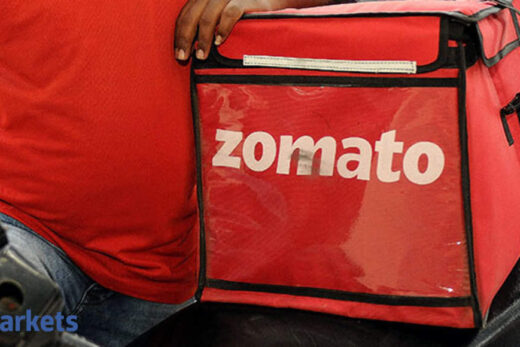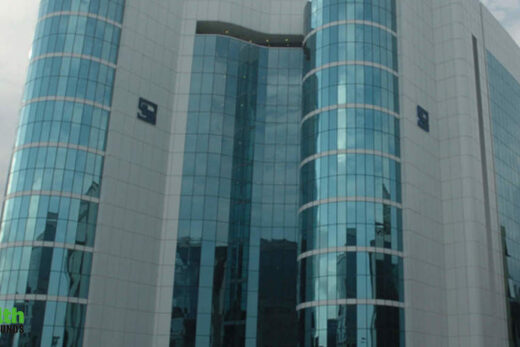Investors in covered bonds have the right over a pool of assets held by the issuers, primarily non-bank lenders, in case of a default. The issue of these instruments has risen five-and-a-half times to Rs 2,200 crore last fiscal year from Rs 400 crore the year before, show data from local ratings company
, as the pandemic led to increased risk aversion among banks and fund managers.
The trend continues with companies estimated to have issued about Rs 300 crore of these bonds since the start of this fiscal year in April.
While the bond holders have security against default, these bonds have yielded as much as 12.75 per cent, making the returns also attractive.
“Outbreak of the pandemic has made investors risk averse, getting good demand for covered bonds,” said Abhishek Dafria, vice president and group head – structured finance ratings, at ICRA. These papers are gaining momentum with non-triple-A companies increasingly tapping this route to raise funds.”
“While investors get enough confidence to bet on those, a plain vanilla bond would cost much more than these instruments for non-bank entities,” he said.
Issuers of these bonds create a pool of loan assets with the value exceeding the borrowed funds. If the borrower misses interest payments or defaults on repayments, the pool is assigned to a trust that will repay investors using the regular collections from the assets. Alternatively, the assets are assigned to a trust on the first day of issuance.
Interest rates have ranged in the band of 8.90-12.75 per cent for covered bonds. Lower-rated non-bank lenders sold these through two routes: non-convertible debentures and market-linked debentures.
The covered bond helps the issuer get the “credit enhancement” tag in the rating, an additional comfort for investors who are seeking safety of investment with the rising economic cost of the pandemic. This helps cut funding cost by an estimated 50-125 basis points that an issuer would have paid for non-covered bonds.
About a dozen non-banking companies raised covered bonds. About three-fourths of them are rated in the single-A category, and have sold the securities in the primary market with mutual funds, insurers and pension funds investing in them.
“We are witnessing a trend of covered bond sales gaining momentum,” said Ajay Manglunia, managing director & head of institutional fixed income at
.
“For the development of the bond market in India, covered bonds should play a role,” he said. “This instrument can lift creditworthiness benefitting a lot of lower rated non-banking companies to raise money at a reasonable price.”
CapFloat Financial Services, rated A-minus with credit enhancement, offered the highest rate at 12.75 per cent on bonds that would mature in 26 months.
CreditAccess, rated AA-plus with credit enhancement, raised two-year funds offering 9 per cent.
Five-Star Business Finance, Kogta Financial India, Ess Kay FinCorp, Vivriti Captial and
FinCorp are among others that sold covered bonds in the last fiscal year.
In the European market, the value of outstanding covered bonds runs into trillions of euros.



